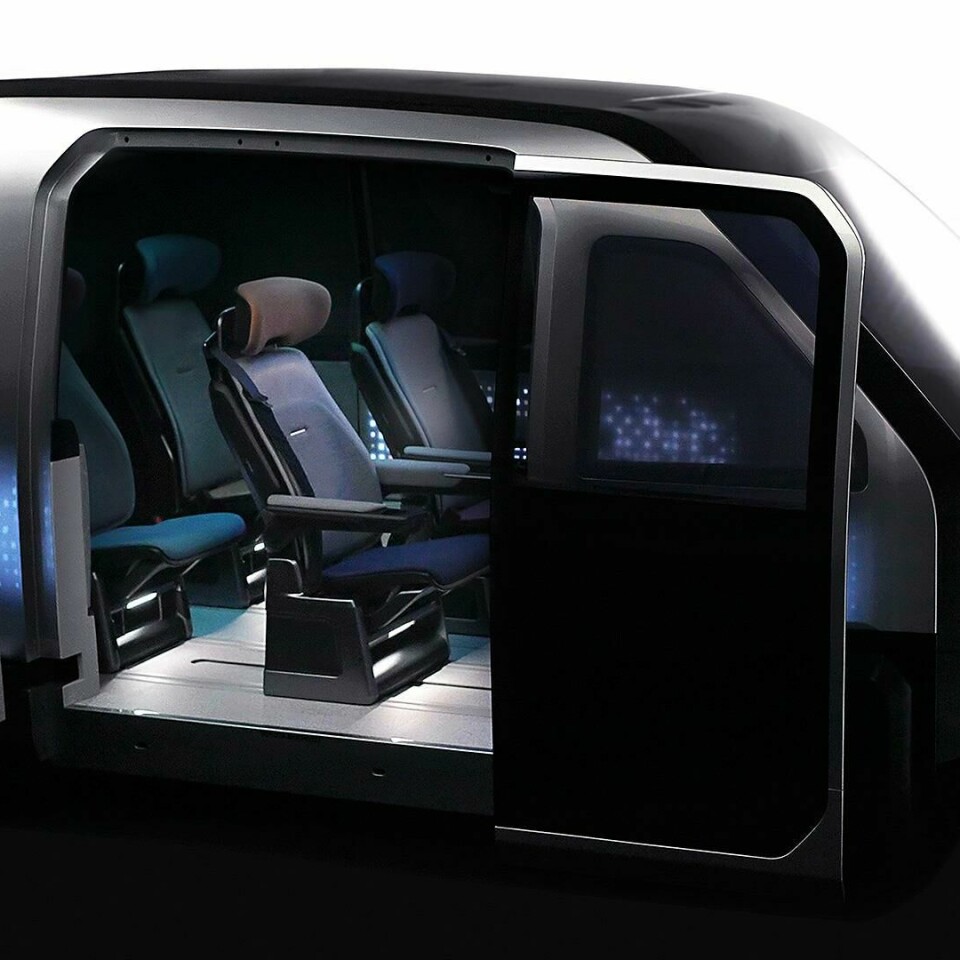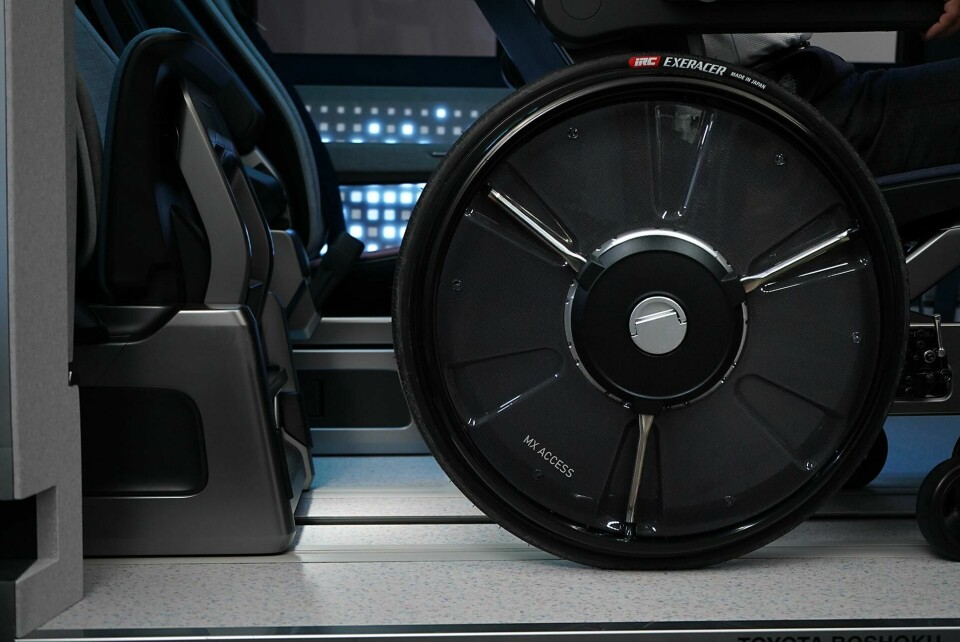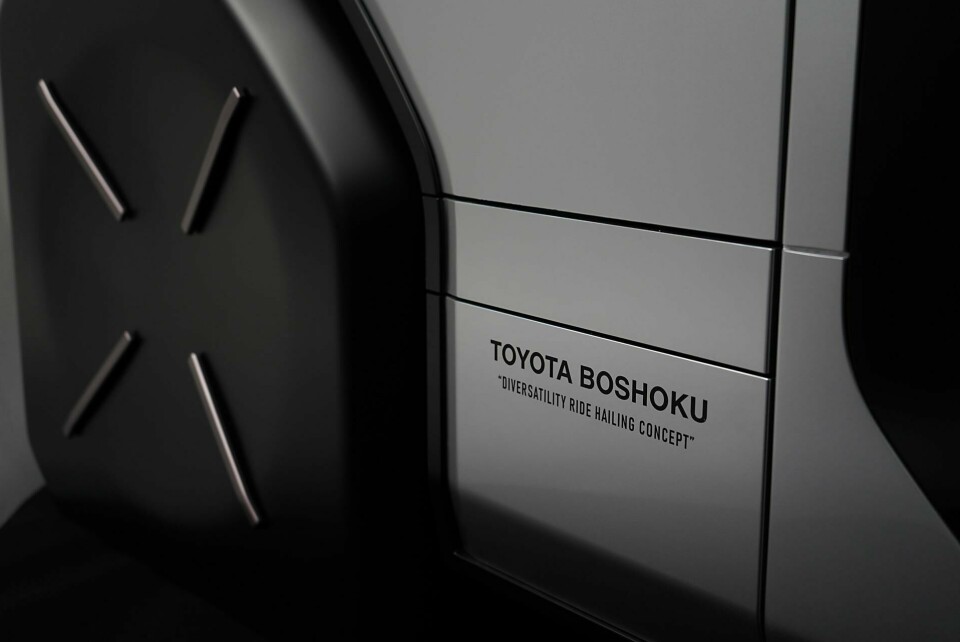
Autonomous vehicles must be inclusive
If autonomous vehicles are the future of mobility, they must meet the needs of all riders. A new concept revealed by Toyota Boshoku takes this firmly into consideration
It’s not often that a stranger would come up and hug him, but that’s exactly what happened to Richard Chung, chief branding officer at Toyota Boshoku, during this year’s CES. Showcasing the supplier’s latest work – an autonomous shuttle – it became clear that unlike many concepts of this nature, it might actually live up to the promise of universal accessibility.
Ensuring those with disabilities have an accessible, affordable and comfortable means of travel should be a top priority for players in the AV space; these are members of society that can be marginalised and may not have the luxury of private transportation or suitable public transit. Toyota Boshoku’s shuttle is designed to be accessible for all, and even includes a specially-designed wheelchair that safely integrates within the cabin.

“We had an overwhelming response,” says Chung of the MX concept at CES. A couple of people came to check it out during the show, and at the end, they both had tears in their eyes,” says Chung. “They said that this has answered their prayers because there is so much pain in the travel experience today.” The concept bears the expression ‘diversatility’ – a combination of ‘diversity’ and ‘versatile’.
When you have that kind of convenience and flexibility, it’s a no brainer
Chung is also head of the supplier’s Interior Space Visioneering team. An experienced and passionate interior designer, he has spent much of his career at the likes of Yanfeng, Adient (and Johnson Controls from which the company was borne) before joining Toyota Boshoku in 2019. No stranger to innovative interior concepts, he helped steer the MX project down the path of inclusivity.

Statistically, he says, anywhere from 12-15% of the American population uses a wheelchair. “However, these members of society are not always visible to you and I. The reason is that it is such a pain to get out, so they are stuck at home,” he explains. “They choose not to travel. The responses we got from CES is a very powerful statement about the societal contribution of our mobility solution.”
Everybody is talking about how autonomous cars drive, but few are talking about the actual experience
From user research, the team found that wheelchair users often found it difficult to secure the wheelchair in a vehicle; were anxious about their safety and stability during travel; and experience a noticeable difference in seat quality (and height) compared to other passengers. Stowing luggage comfortably was also a challenge.
In the MX concept, an automotive seat structure is used with an integrated locking mechanism. In effect, the wheelchair is able to dock safely and mirrors the comfort of other passengers. From real-world testing on the show floor of CES, the team found that wheelchair users could board and dock within 15 seconds. “The typical wheelchair is not built for this kind of use in a vehicle,” explains Chung, “so we designed and built our own power-assisted version that makes it easy to climb up the ramp. When you have that kind of convenience and flexibility, it’s a no brainer.”
‘Mobility solutions’ and ‘cars’ are generally seen as two separate fields but those lines are beginning to blur as more OEMs, more suppliers and more travellers show interest. While it is a concept for now, the intent is for and makes it clear that the goal is to push it into production.
There is plenty of advanced tech on show in the concept too, with both interior and exterior HMI systems that aim to communicate the vehicle’s intentions to riders, pedestrians and other road users. Interior lighting is also a centrepiece, with pixelated doorcards and ambient lighting in the roof lining and footwells. A console mounted in the armrest controls things like brightness, volume and temperature.
Perhaps the most innovative feature is the modular cabin itself, which can be slid out and removed entirely via a set of rails. This means that, in minutes, the same vehicle could go from an affordable Uber-style interior to a limousine decked out in the height of luxury. There are three configurations: MX PASS (“smart and simple”), MX PLUS (“an enhanced ride experience”) and MX PRIME (“the highest quality of time and space”).
Chung believes that there needs to be a deeper conversation around the autonomous vehicle user experience. “Everybody is talking about how autonomous cars drive, but few are talking about the actual experience in the vehicle,” concludes Chung. “You don’t really care how an aeroplane flies, you care about where’s my seat, what’s the experience like and how much am I paying.”




















